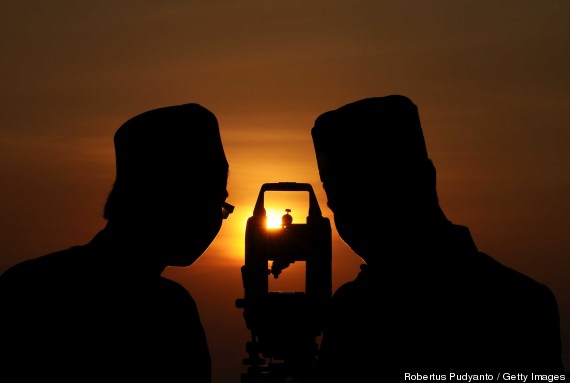
Islamic New Year is upon us, marking the first month of the Islamic calendar, which follows the cycles of the moon. In honor of 1 Muharram 1435 H, here are some facts you might not have known about the Islamic calendar.
1. For centuries, Muslim scholars were at the forefront of the field of astronomy, partly due to how the Islamic calendar is set. The start of each month is determined by the first sighting of the crescent moon, and figuring out the most likely day for the hilal to be observed drove interest in astronomy.

3. An Islamic year will be fully contained in and have the same number as the Western Gregorian calendar in the year 20874.
4. The Islamic calendar, which is determined by observation and certain theological rules, is technically not the same as a lunar calendar, which follows strict astronomical calculations.
5. The Islamic calendar is closest to the Jewish calendar, which is also lunar, except for one major difference: Every three years, a 13th month is inserted into the Jewish calendar to prevent the migration of seasons throughout the year. In relation to the Gregorian calendar, the Islamic calendar moves backwards.
6. This year in India, the Islamic New Year falls on the same day as the Hindu and Jain New Years.

WE SAID THIS: Kol sana wento tayebeen from the Empire!


